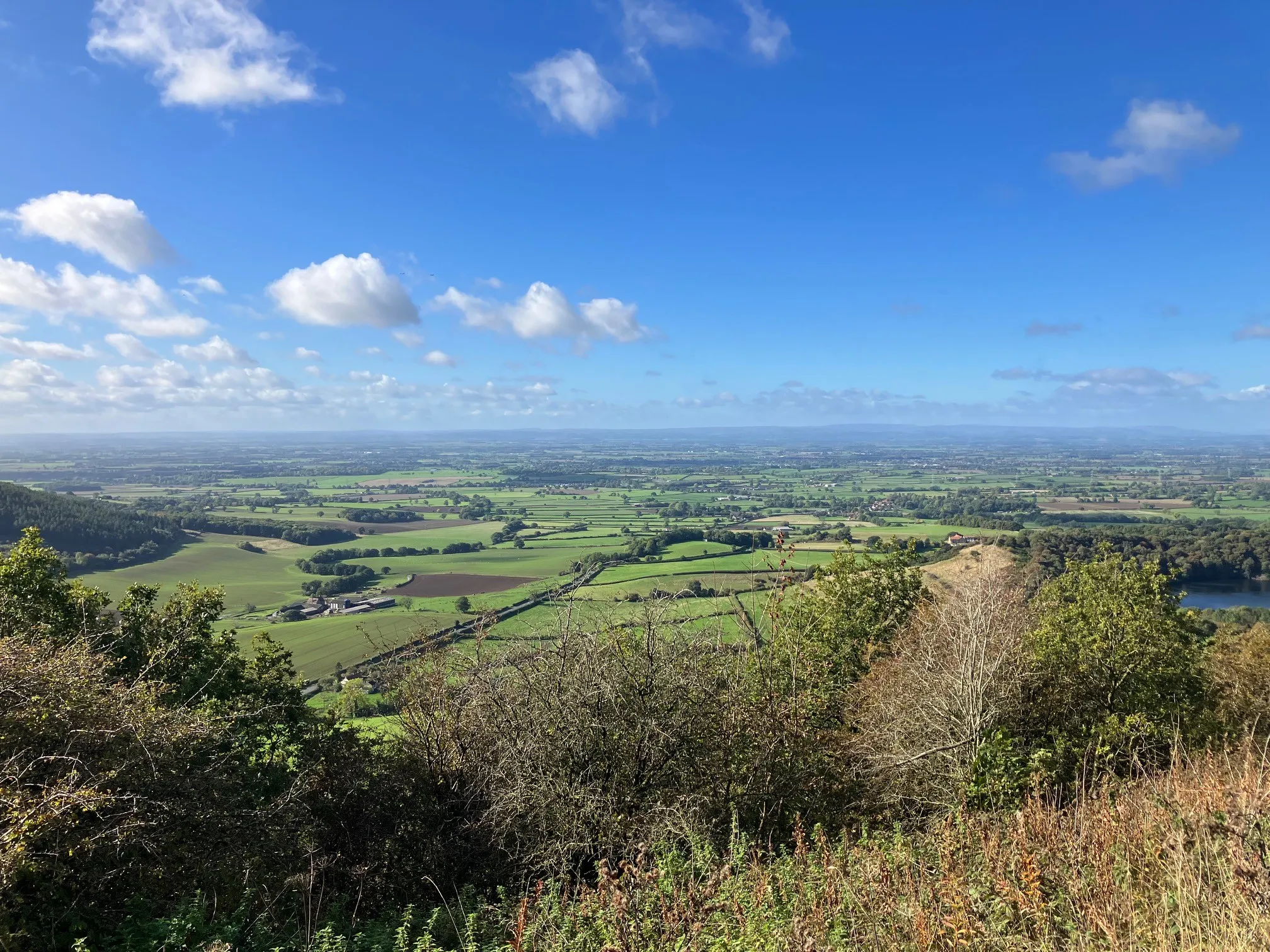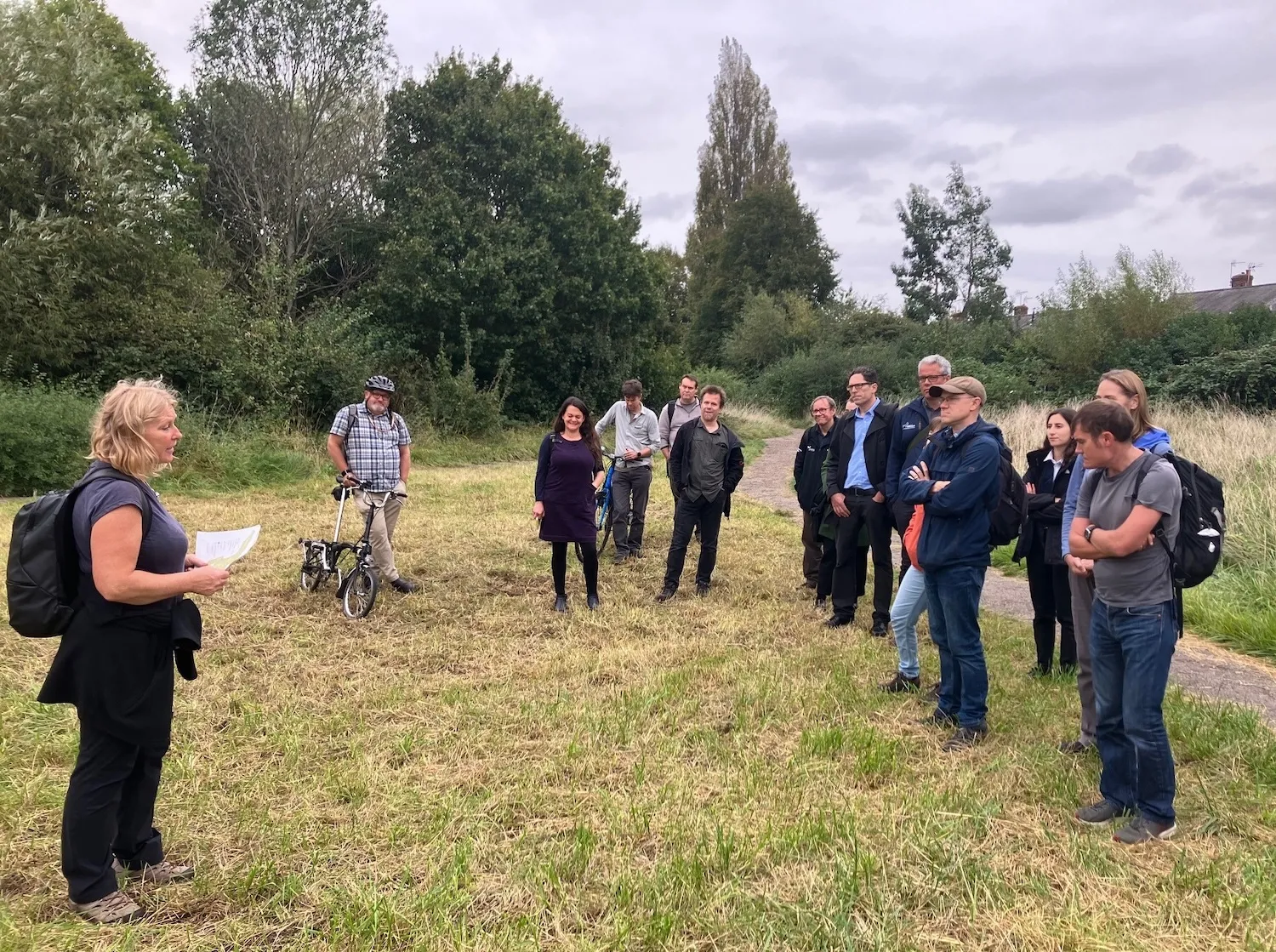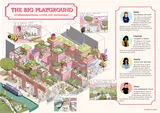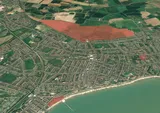
This article was written by Tim Johns following working as a Senior Policy Officer at North Yorkshire Council between October 2022 and September 2023.
How I went from Landscape Architect to Senior Policy Officer
My career began in the private sector as a chartered landscape architect. For over 20 years, I worked at a wide range of private, public and third sector organisations, steadily gaining experience managing complex infrastructure projects and leading multidisciplinary teams including ecologists, urban designers, highway engineers and landscape architects.
Right before joining the Associate Programme, I worked for a medium-sized consultancy where I honed my expertise in green infrastructure planning, landscape planning, masterplanning, and town centre regeneration. My role included supporting local authorities to deliver green infrastructure strategies in England and North Wales. I enjoyed the breadth of these commissions and it gave me an insight into the structures, systems and ethos of local authorities.
This experience of collaborating with public sector teams showed me that the remit of local authorities can be incredibly complex — but that’s what makes the work really interesting and rewarding.
The Associate Programme was the perfect opportunity for me to transition back into a role at a local authority and do work that directly benefits the public.
Making a big impact
I was matched with a role as Senior Policy Officer (Sustainability & Environment) at North Yorkshire Council through Public Practices Associate Programme. The main focus of my work centres on the North Yorkshire and York Local Nature Recovery Strategy (LNRS). Since the introduction of the Environment Act 2021, it is a legal requirement for every county in England to produce a LNRS to address the decline in biodiversity in a nation that is considered to be one of the most nature-depleted countries in the world. The North Yorkshire & York strategy covers one of the biggest areas in the country.
Compared to my previous work in the private sector, I feel a huge amount of responsibility in this role. It’s a much bigger scale than anything I’ve worked on in the past, and I’m in a position where I feel like I can have a direct impact on how we preserve and enhance the environment for future generations.

The North Yorkshire and York LNRS is a biodiversity-led strategy but it also has a wider remit to address other environmental objectives including carbon capture, flood risk management, improving water and air quality, and engaging people in the outdoors. Our first task will be to establish wildlife strongholds and, with ecological expertise and data analysis, plan for nature that is ‘bigger, better and more joined up’. This large-scale strategy involves a whole team of specialists that I help to oversee, including ecologists that advise on wildlife species and habitats to help identify how we can address the decline in nature across our geography.
Much of North Yorkshire and York is agricultural land, so we need to get land managers and farmers on board with our strategy. I lead on our approach to public consultation, developing bespoke workshops for local land managers and farmers to help us understand how they can incorporate nature recovery on the land they are responsible for.

Using skills to connect council teams
As the concept of the LNRS was recently launched by the Department for Environment, Food and Rural Affairs, I work in a newly established project team alongside officers from North Yorkshire Council, City of York Council, Natural England, and a representation from the Local Nature Partnership. We report to the Director for the Environment and the Lead Member (Councillor) for the Environment.
The LNRS is a wide-reaching project that has an impact on housing, transport, local economy, and more. As such, it influences the work of many different council departments. My key role is acting as a bridge between the technical world of nature specialists and the broad group of stakeholders we have. I use my background in landscape architecture to translate specialist advice into understandable recommendations for the wider team, our stakeholders, and local communities.
Not only is this communication essential within the council, but also across councils too. As we are collaborating with multiple public authorities on this strategy, part of my role has been managing the relationship between our stakeholders. At times when we have had conflicting priorities, I’ve been able to bring people back on board through engagement and capacity building.


